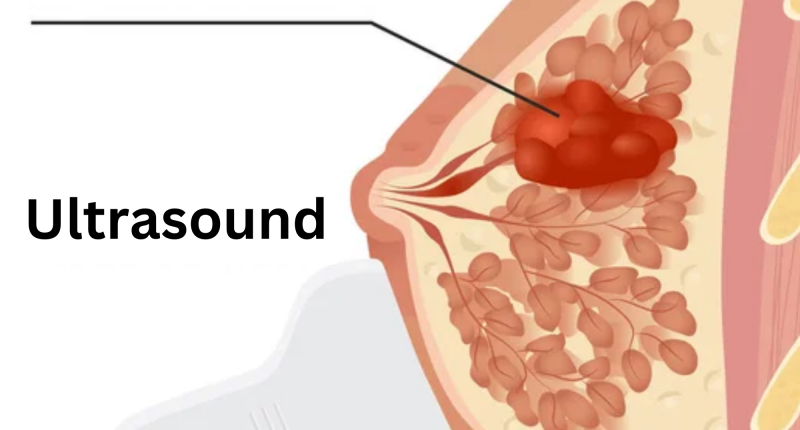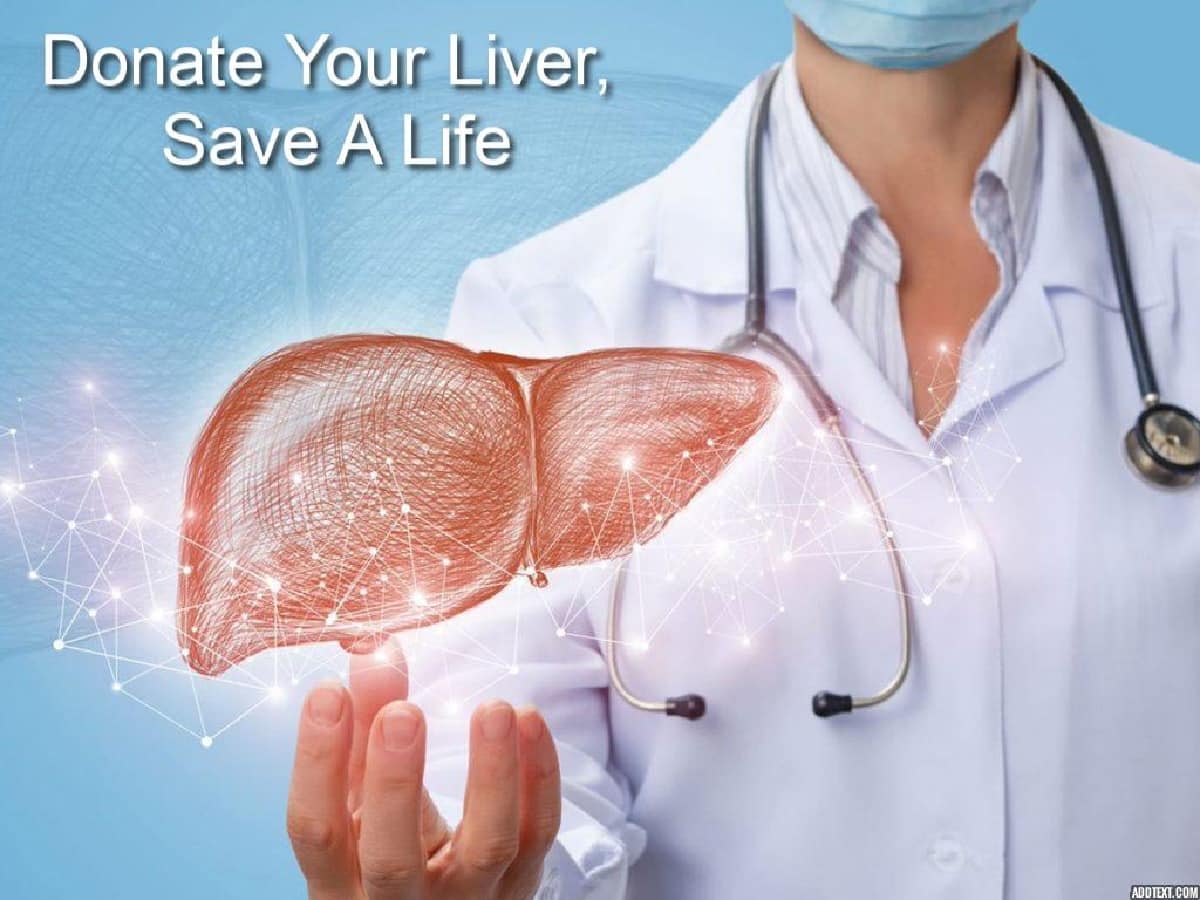Intraductal papillomas are benign growths that develop in the milk ducts of the breast. They are wart-like lumps made up of gland tissue, fibrous tissue, and blood vessels. The exact causes and risk factors for intraductal papillomas are still unknown, but some factors may contribute to their development. Intraductal papillomas are most common in women between 35 and 55 but can occur at any age. Fluctuations in estrogen levels, such as during pregnancy or menopause, might play a role. A family history of breast cancer may slightly increase the risk, but this is not directly linked to papillomas themselves. So it’s important to know that having an Intraductal papilloma does not automatically mean you will develop cancer.
Intraductal papilloma cancer: How does it happen?
Does Intraductal papilloma cause cancer? A single intraductal papilloma does not increase the risk of developing breast cancer, but having multiple intraductal papillomas may slightly elevate the risk of having cancer due to the presence of atypical cells.
Atypical cells are cells that appear different from normal cells under a microscope. They can be found in various parts of the body, including the breasts, cervix, and thyroid. The presence of atypical cells doesn’t necessarily mean there’s cancer, but it can be a sign of precancerous changes or conditions that may require further investigation or monitoring.
Overall, in some cases, papillomas may contain atypical cells that may have a slightly higher chance of becoming cancerous in the future. This is why your doctor might recommend additional monitoring or preventive measures depending on the specific characteristics of your papilloma[1].
Treatment Options
The most common treatment for intraductal papilloma is surgery to remove the papilloma and the affected part of the milk duct. This surgery is usually done under general anesthesia and can be performed using several different techniques, including:
Excision biopsy: This is the most common type of surgery for intraductal papilloma. It involves making a small incision in the breast and removing the papilloma and a small margin of surrounding tissue.
Vacuum-assisted excision biopsy (VAB): This procedure uses a vacuum to remove the papilloma and surrounding tissue. It is less invasive than excision biopsy and may be a good option for women with smaller papillomas.
Needle localization: This procedure involves using a needle to guide the surgeon to the papilloma. The surgeon then removes the papilloma using a small incision.
Image of Vacuumassisted excision biopsy (VAB) surgeryOpens in a new window
In some cases, active surveillance may be an option. This involves monitoring the papilloma with regular mammograms and ultrasounds. Active surveillance may be appropriate for women who are older, have a small papilloma, and have no other risk factors for breast cancer.
If your biopsy shows atypical or cancerous cells, you will need more extensive treatment. This may include mastectomy (removal of the breast), lumpectomy (removal of the tumor and a margin of surrounding tissue), radiation therapy, and chemotherapy.
Post-surgery recovery duration
The recovery time after intraductal papilloma surgery can vary, but generally, individuals may need around 3 to 5 days to fully recover from the pain after the surgery. Some personal accounts suggest allowing 48-72 hours to recuperate. After the surgery, it’s important to follow the specific recovery instructions provided by the healthcare team. Most people can return to work after a couple of days, but the full recovery period may depend on individual healing and the nature of the surgery. It’s essential to consult with the healthcare team for personalized guidance on recovery and resuming normal activities.
ALSO READ: 10 Causes of Lung Cancer In Non-Smokers









